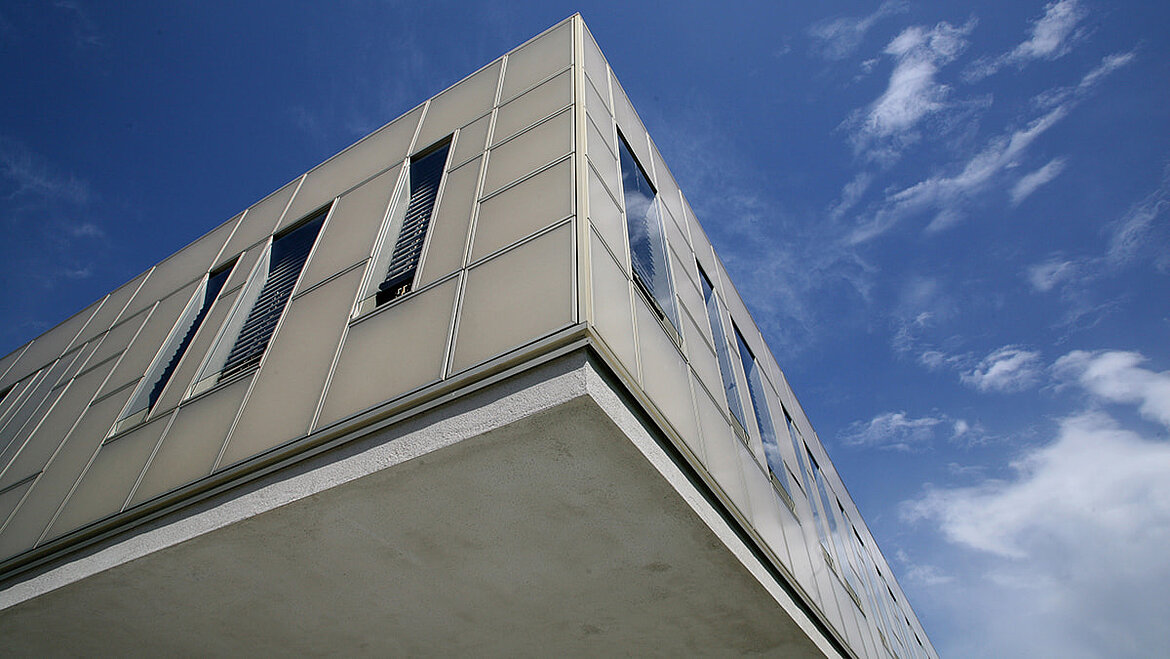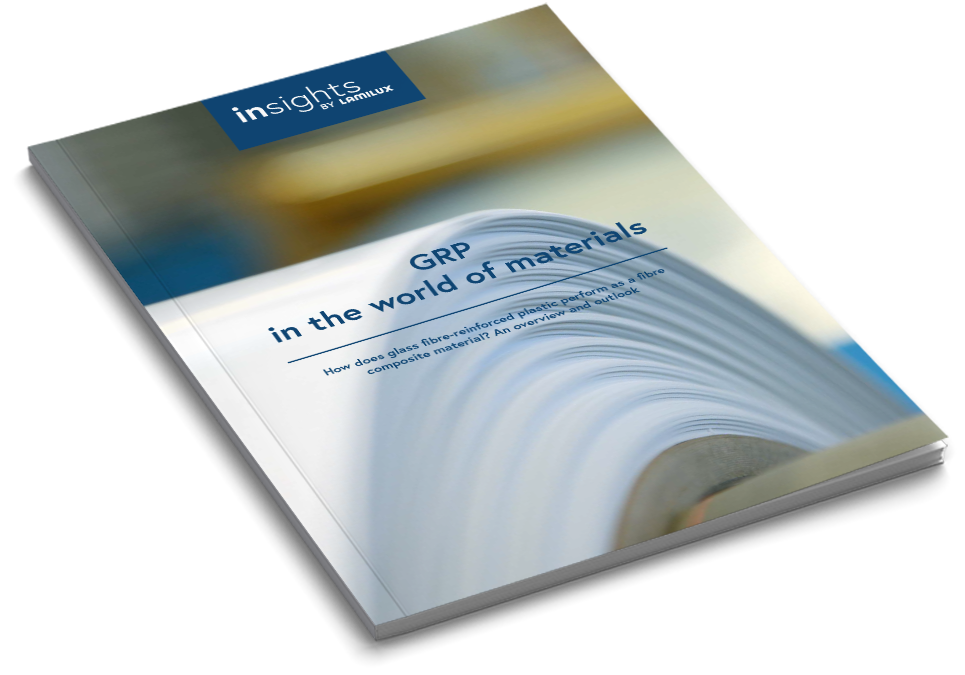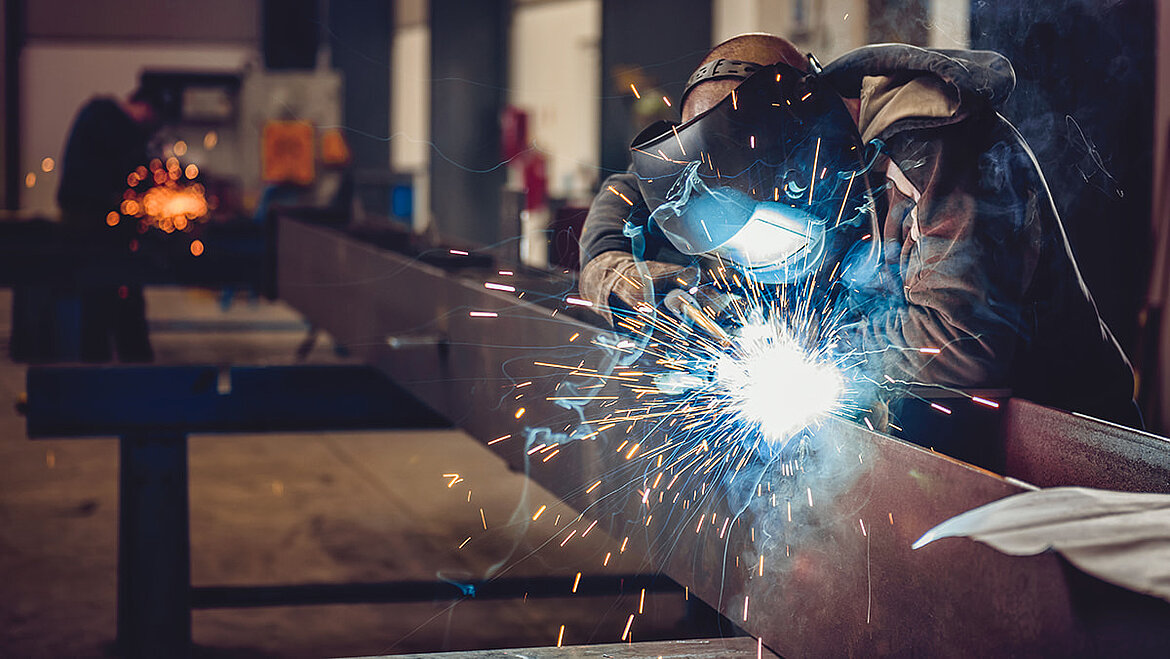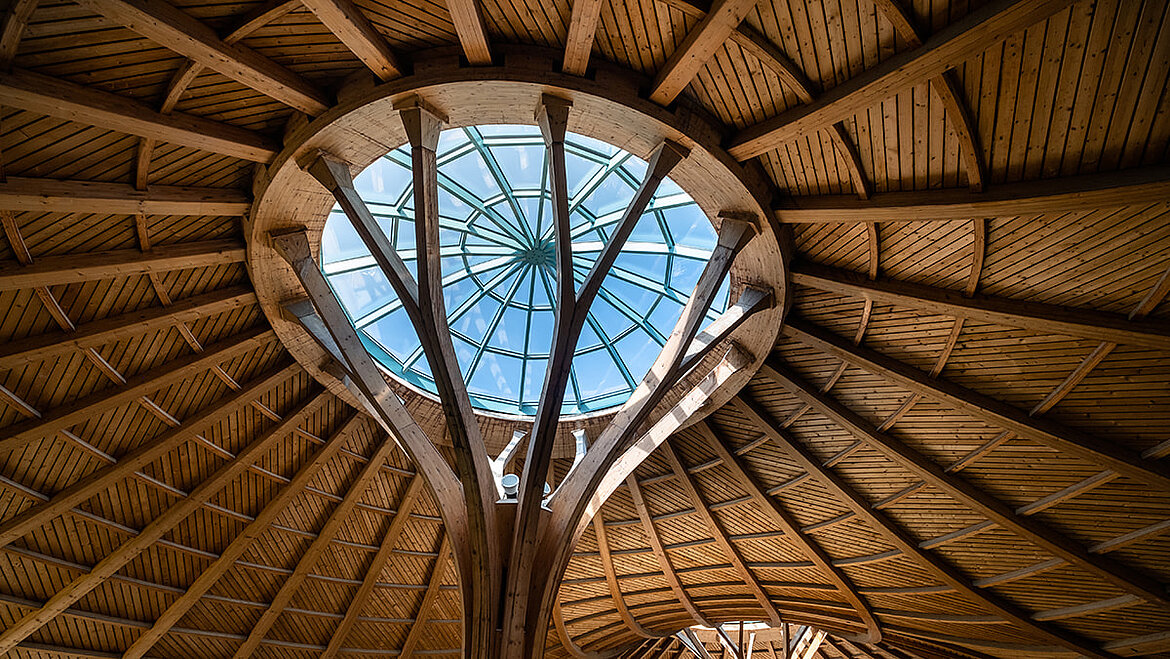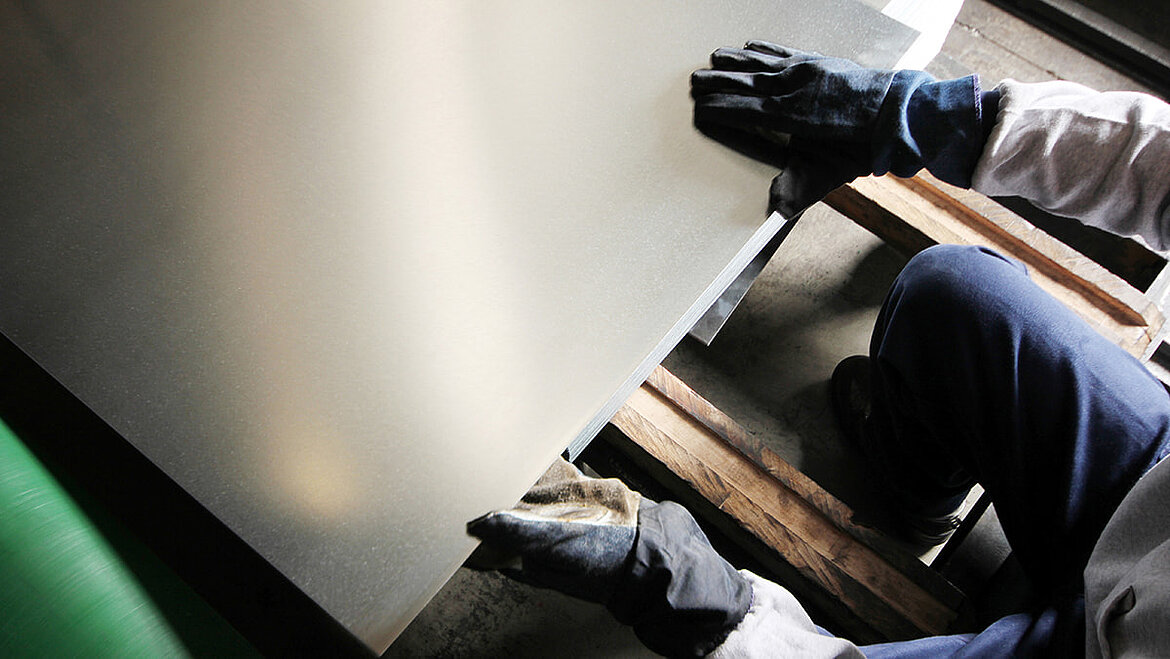GRP compared with other materials
This white paper gives you the most important facts about glass fibre reinforced plastics, a comparison with other materials and their properties, an overview of the uses and applications of GRP and an outlook on the GRP market of the future.
- The important choice of material
- Material properties at a glance
- Application areas of GRP


